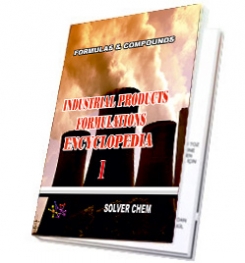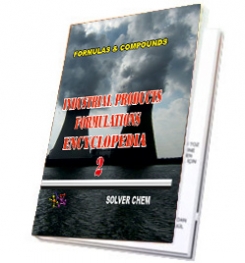Polyalkylene glycols or PAG base oils are a type of synthetic base stock. While synthetic engine oils are becoming increasingly common, they usually are not formulated with this type of base stock. Most of them are polyalphaolefin or PAO base oils, with some being synthetic blends. Blending of synthetic oils is a precise science and is normally done to aid in the formulation with additives. That’s not to say that PAG oils can’t be made into engine oils.
There have been studies done on using these types of synthetics for all types of automotive lubricants including gear, transmission and crankcase oils. Synthetic oils across the board offer a wide array of benefits in any application. More often than not they have a higher oxidative tolerance so they last longer in service.
In mobile equipment that operates in extreme temperature environments, synthetics work well as they generally have a higher viscosity index. The viscosity index is a measure of how much viscosity changes over a temperature spectrum. The higher the value, the less the viscosity is affected by a change in temperature.
These synthetics have their own unique characteristics that set them apart from other synthetic oils. PAGs have excellent lubricity and a high viscosity index (typically 100 to 200, depending on the formulation). They also have great thermal and oxidative stability. This equates to longer service life and functionality in high-temperature applications.
Along with benefits, there are also drawbacks for any synthetic. These types of synthetics have the dubious reputation of not being miscible with mineral oils. PAG and standard mineral oils do not mix well and form an almost snot-like substance when they come in contact with each other. Not only can they not mix with mineral oils, but certain polymers and paints are also incompatible with these fluids. PAGs can cause the shrinking or swelling of some seal materials, which can lead to leaks and/or allow contamination into the system.
Before putting a PAG oil into any machine (engine, gearbox, hydraulic system, etc.), make sure all the materials are compatible. Likewise, if the system was previously filled with a mineral oil, the system should be flushed to ensure that all the mineral oil is removed to avoid any of the previously mentioned problems.
So while synthetics are becoming more and more widespread, different synthetics are used in different applications. While not traditionally used in engine oils, PAG oils are very common in refrigeration oils, brake fluids and various gear oils. One of the biggest risks when switching from a mineral oil to a synthetic is the incompatibility. This should always be kept in mind.

any engine oil
LUBRICATING OIL
FORMULATIONS
ENCYCLOPEDİA
is enough.
LUBRICATING OIL FORMULATION ENCYCLOPEDIA has many formulations of greases, complex grease, lithium grease production,sodium greases formula, formulation,multigrade engine oils manufacturing process,motor oils making, gear oil production, synthetic engine oils,semi synthetic motor oils,gasoline oils,diesel oils production process,composition of turbine oils,transmission oil manufacturing, production of cycle motor engine, tractor oils,mineral based motor engine production,heat transfer oils, slideway oils formulation, formulations, cutting oils formula,formulas grinding oils,mould oils manufacturing process and etc.
All lubricating oils in the encyclopedia are producible easily.You need no help and no technıcal support. The encyclopedia is enough to produce lubricating oils and engine oils itself.
LUBRICATING OIL
FORMULATIONS
ENCYCLOPEDIA
is written clear and understandable.


HARD BOOK E BOOK
RELATED TAGS: What is engine oils,making synthetic diesel engine oil,semi synthetic engine oil manufacturing process,mineral based engine oil production, heavy duty engine oil formulation,high performance engine oil formula,formulas,properties of motor oils,synthetic motor oil msds, analysis,composition of engine oils,additives of motor oils, mineral engine oil formulation,make semi synthetic diesel engine oil, base oils,synthetic base oils,light neutral oil,heavy neutral oil,performance additives package, properties of diesel engine oil, how to formulate engine oils, types of engine oils, synthetic motor oils,ingredients of engine oils,compounds of engine oils, index of motor oil,characteristic of motor oils,application of motor oils,combination of synthetic engine oils.
SOLVERCHEM PUBLICATIONS

|
|

|
|

|
|
